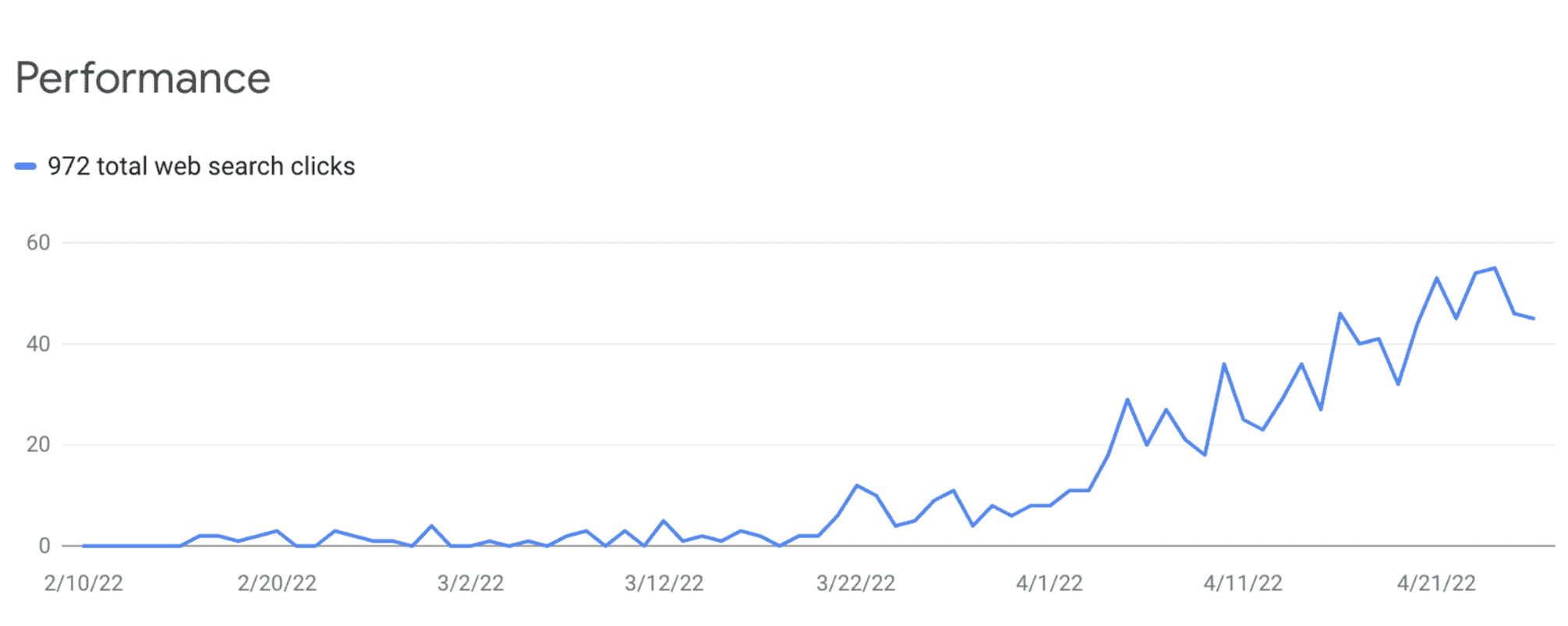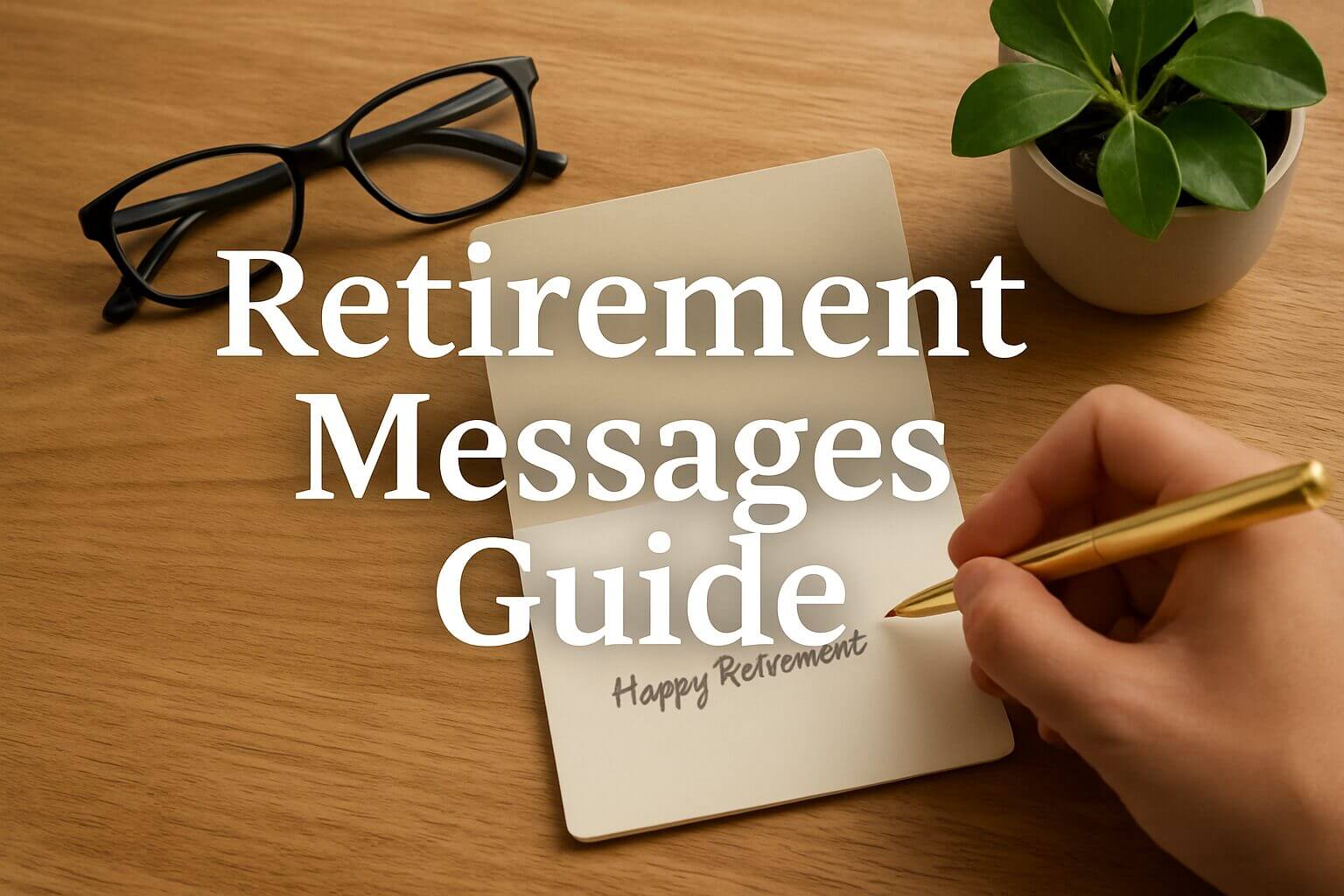In the world of writing, there is a powerful technique called juxtaposition that can elevate your content. Juxtaposition is the art of placing two contrasting elements side by side to emphasize their differences. It can add depth and complexity to your writing, making it more engaging for your readers.
Whether you’re writing a blog post, an article, or a novel, understanding and using juxtaposition can take your writing to the next level. Let’s dive into the concept and explore some creative examples and how to use them in blogging.
Juxtaposition in writing can elevate your blog content, making it more engaging and memorable for readers. By placing contrasting elements side by side, you create a powerful effect that highlights differences, adds depth, and evokes emotions.
Here are six key takeaways on using juxtaposition in blog writing:
- Contrast to create meaning: Juxtaposition uses contrast to convey a deeper message or highlight the differences between two concepts or objects.
- Explore different forms: Juxtaposition can take various forms, such as antithesis, foil, or oxymoron, and can be used to contrast characters, develop plotlines, or inject humor and irony.
- Enhance arguments: In non-fiction writing, juxtaposition can be used to create compelling arguments and highlight contrasting ideas.
- Identify main points: When using juxtaposition in blog writing, identify your main points or thesis and consider alternative or opposing ideas to add the necessary contrast.
- Create memorable moments: Juxtaposition can help create memorable moments in your writing by placing contrasting elements together, setting up for a powerful payoff later on.
- Experiment and have fun: Embrace the creative possibilities of juxtaposition in your blog writing and have fun with it. Use this technique to captivate your readers and convey your message with impact.
Understanding the concept of juxtaposition in writing
To fully grasp the concept of juxtaposition, it’s important to note that it involves placing two distinct and dissimilar things together. By juxtaposing these contrasting elements, you create a stark contrast and draw attention to the differences between them.
Here are some key points to understand about juxtaposition in writing:
- Enhancing the relationship between elements: Juxtaposition can be used to explore the relationship between two elements in your writing. By placing them side by side, you allow the reader to see how these elements interact and influence each other.
- Adding complexity: Juxtaposition can reveal different facets of a single thing. By presenting two contrasting sides or traits of a character or an idea, you can create a more nuanced and complex portrayal.
- Highlighting contrasts: Juxtaposition is an effective way to highlight the differences and similarities between two elements. This can create a profound impact on the reader and evoke emotional responses.
- Making a point: Juxtaposition can be used to convey a message or lesson. By contrasting two things, you can subtly suggest that one is better than the other or highlight the consequences of certain actions.
Now that we have a basic understanding of juxtaposition, let’s explore some creative examples and how to use them in blogging to make your content more compelling and thought-provoking.
Examples of Juxtaposition in Literature
Juxtaposition is a powerful literary technique that enriches storytelling by placing contrasting elements side by side. By examining famous literary works, we can appreciate the creative use of juxtaposition and understand its impact on the narrative.
| Concept | Example |
|---|---|
| Contrasting images | A blog post about the beauty of nature could feature a photo of a lush green forest next to a photo of a barren desert. This juxtaposition would create a sense of contrast and highlight the diversity of nature. |
| Contrasting ideas | A blog post about the importance of creativity could feature a quote from Albert Einstein that says, “Creativity is intelligence having fun.” This juxtaposition would highlight the idea that creativity is not just about being talented, but also about having a playful attitude. |
| Contrasting characters | A blog post about the power of friendship could feature a story about two friends who come from different backgrounds but are able to overcome their differences and support each other through thick and thin. This juxtaposition would highlight the idea that friendship is about more than just shared interests, but also about accepting and supporting each other for who we are. |
| Contrasting emotions | A blog post about the importance of self-love could feature a quote from Maya Angelou that says, “I’m not perfect, but I’m perfectly me.” This juxtaposition would highlight the idea that self-love is not about being flawless, but about accepting and celebrating our flaws. |
Exploring famous literary works that employ juxtaposition
- “A Tale of Two Cities” by Charles Dickens:
- Juxtaposes “the best of times” and “the worst of times” to highlight the stark contrast between the wealthy and impoverished during the French Revolution.
- “To Kill a Mockingbird” by Harper Lee:
- Juxtaposes the prejudice and injustice faced by Tom Robinson, a black man, with the innocence and moral fortitude of Scout and Jem Finch, emphasizing the complexity of the human experience.
- “Fahrenheit 451” by Ray Bradbury:
- Juxtaposes the destructive nature of censorship and conformity with the transformative power of literature, highlighting the importance of free thought and individuality.
Analyzing the effects of juxtaposition on storytelling
- Creating Tension:
- Juxtaposing conflicting ideas or characters heightens dramatic tension and adds depth to the narrative, engaging readers and keeping them invested in the story.
- Revealing Contrasts:
- Juxtaposition enables authors to highlight the differences between two elements, whether it be characters, settings, or themes, allowing readers to explore the complexities and nuances within the text.
- Emphasizing Themes:
- By placing opposing concepts side by side, juxtaposition can underscore the overarching themes and messages of a literary work, enhancing the readers’ understanding and interpretation.
Incorporating juxtaposition in blog writing can make your content more compelling and thought-provoking. By utilizing contrasting elements, you can captivate readers and convey complex ideas with greater impact.
Juxtaposition in Visual Arts
As an artist, exploring juxtaposition in your work can lead to visually striking and thought-provoking pieces. Whether you’re a painter, photographer, or work in other visual mediums, understanding how to effectively use juxtaposition can elevate your creative expression.
Examining the use of juxtaposition in paintings, photography, and other visual mediums
In the world of visual arts, juxtaposition refers to the act of placing two or more contrasting elements side by side to create a visual contrast. This technique allows artists to highlight the differences between these elements and create a sense of tension or harmony.
For example, in a painting, juxtaposing vibrant colors with muted tones can evoke a sense of drama or emphasize certain elements of the composition. In photography, juxtaposing different textures or scales can create visually captivating images that draw viewers in.
How visual juxtaposition creates contrast and impact
Visual juxtaposition serves as a powerful tool for artists to create contrast and impact in their work. By placing two contrasting elements together, artists can amplify the visual impact of each element and convey a deeper message or emotion.
Some creative examples of visual juxtaposition include:
- Juxtaposing animate and inanimate objects: This can create a sense of surprise or even anthropomorphism, blurring the lines between reality and imagination.
- Contrasting scale: Playing with the size of objects in relation to each other can create a dynamic composition and draw attention to specific details.
- Juxtaposing black and white elements: The contrast between black and white can create a striking visual effect and emphasize different aspects of a composition.
- Contrasting emotions: Juxtaposing elements that evoke contrasting emotions, such as joy and sadness or peace and chaos, can create a powerful emotional impact.
- Contrasting architecture: Placing modern and classic architectural structures together can highlight the passage of time and evoke a sense of nostalgia or progress.
To learn more about the use of juxtaposition in visual arts, you can explore the Wikipedia page on juxtaposition.
Exploring juxtaposition in your own work can open up new avenues for creative expression and make your art more engaging and memorable to viewers.
Juxtaposition in Blogging
Exploring Juxtaposition: Creative Examples and How to Use Them in Blogging
Juxtaposition is a powerful technique that can add depth and impact to your blog writing. By combining contrasting elements or ideas side by side, you can create a striking effect that captures readers’ attention and makes your content more engaging.
Whether you’re writing about fashion, travel, or any other topic, incorporating juxtaposition can elevate your blog posts to the next level.
Utilizing juxtaposition techniques to enhance blog content
There are various ways you can incorporate juxtaposition in your blog writing to make it more compelling:
- Pair opposing ideas: By juxtaposing two contrasting concepts or viewpoints, you can create a thought-provoking effect that encourages readers to consider different perspectives. For example, in a fashion blog, you can compare and contrast minimalist style with maximalist fashion choices.
- Combine different visuals: Incorporating contrasting images or design elements in your blog posts can create visual interest and draw the reader’s eye. For instance, in a travel blog, you can pair vibrant, bustling cityscapes with serene, natural landscapes to highlight the diverse experiences of a destination.
- Contrast emotions or experiences: Juxtaposing contrasting emotions or experiences can deepen the impact of your blog writing. You can create tension by contrasting joyful moments with moments of sadness or highlight the excitement of trying something new against the comfort of familiarity.
Tips and strategies for incorporating juxtaposition in blog writing
Here are some tips and strategies to effectively incorporate juxtaposition in your blog writing:
- Plan your content: Identify the key elements or ideas you want to juxtapose in your blog post. This will help you create a clear structure and ensure a seamless flow of ideas.
- Use vivid language: Employ descriptive and evocative language to bring out the contrasting elements in your writing. Use bold text to emphasize the opposing concepts and create visual impact.
- Provide examples and evidence: Support your juxtaposition with relevant examples and evidence. This will make your arguments more persuasive and help readers understand the significance of the contrasts you’re presenting.
- Create a balanced narrative: While juxtaposition is about contrasting elements, it’s important to maintain a balance in your blog writing. Ensure that the contrasts serve a purpose and contribute to the overall coherence and message of your content.
By leveraging the power of juxtaposition, you can create unique and impactful blog posts that resonate with your readers. So, embrace this creative technique and explore its possibilities in your blogging journey.
Juxtaposition and Emotional Impact
In the world of blogging, the creative use of juxtaposition can have a powerful impact on your readers. By pairing contrasting elements or concepts, you can create a stronger emotional reaction and make your content more memorable.
Juxtaposition allows you to emphasize certain ideas or themes, highlight differences, and evoke specific emotions in your readers.
How juxtaposition evokes emotional responses in readers
When you strategically place contrasting elements side by side, you can create a heightened sense of tension, surprise, or irony. For example, juxtaposing a dark scene with a humorous line or a tragic event with a hopeful message can amplify the emotional impact of both elements.
Readers are drawn to these unexpected combinations, which can evoke a range of emotions such as joy, sadness, shock, or empathy.
Case studies on the emotional effects of juxtaposition in blogging
To better understand the impact of juxtaposition in blogging, let’s explore some real-life case studies that highlight its emotional effects:
- “The Power of Contrasts: Love and Loss”: This blog post juxtaposes heartwarming stories of love and heart-wrenching tales of loss. By juxtaposing these contrasting emotions, the writer creates a truly powerful and emotional experience for the reader, leaving a lasting impact.
- “The Unresolved: Hope and Despair”: In this blog post, the writer explores the theme of hope and despair by juxtaposing stories of individuals who have overcome great adversity and stories of those who have succumbed to despair. The stark contrast between these experiences evokes a profound emotional response in the reader.
- “The Light and the Dark: Beauty in Imperfection”: Through a series of visually stunning photographs, this blog post juxtaposes images of beauty and imperfection. The contrasting elements create a thought-provoking experience for the reader, challenging them to redefine their perceptions of beauty.
Juxtaposition in blogging can be a powerful tool for creating emotional connections with your readers. By strategically pairing contrasting elements, you can evoke specific emotions, leave a lasting impact, and make your content more engaging and memorable.
So, don’t be afraid to explore the creative possibilities of juxtaposition in your blogging journey!
Juxtaposition and Humor
In the world of blogging, incorporating humor can make your content more engaging and enjoyable for readers. One technique that can add a touch of humor to your blog posts is juxtaposition. Juxtaposition is the art of placing two contrasting ideas, concepts, or objects side by side in order to create a humorous effect.
Exploring the role of juxtaposition in creating humor in blog posts
Juxtaposition allows you to highlight the differences between two things and create unexpected connections. By using contrasting elements, you can create humorous scenarios that grab your readers’ attention and elicit a laugh.
Whether you’re writing a personal blog or a professional one, incorporating juxtaposition can add a unique and entertaining twist to your content.
Here are some ways you can use juxtaposition to add humor to your blog posts:
- Unexpected Contrasts: Pair two ideas or objects that are vastly different from each other. The stark contrast will catch your readers off guard and make them laugh.
- Oxymorons: Use words or phrases that seem contradictory, like “bittersweet” or “icy hot,” to create humorous wordplay.
- Foil Characters: Introduce characters with opposite qualities or personalities who play off each other. The contrast between their behaviors or attitudes can create comedic situations.
- Memory Tags: Use juxtaposition to create memorable moments in your blog posts. By placing two contrasting elements together, you can make a certain word or object stand out, setting it up for a humorous payoff later on.
- Timing and Delivery: Just like in stand-up comedy, timing is key. Deliver your humorous juxtaposition with confidence and give your readers time to process and appreciate the humor.
Examples of humorous juxtaposition in popular blogs
Many successful bloggers have mastered the art of juxtaposition to add humor to their writing. Here are a few examples:
- The Blog of Unnecessary Quotation Marks: This blog hilariously highlights the misuse of quotation marks in everyday signage and documents. By juxtaposing the intended meaning with the actual use of quotation marks, the blog creates humorous misunderstandings.
- The Oatmeal: This popular webcomic and blog frequently uses juxtaposition to create humorous and relatable situations. Whether it’s comparing the behavior of cats and dogs or illustrating the struggles of everyday life, the Oatmeal’s use of contrasting elements adds a comedic edge to their content.
- Hyperbole and a Half: This blog combines humorous anecdotes and illustrations to explore everyday situations and the absurdity of life. By juxtaposing relatable experiences with exaggerated storytelling and visuals, the author creates laugh-out-loud moments.
So, if you’re looking to inject some humor into your blog posts, consider exploring the power of juxtaposition. By carefully crafting contrasting elements and delivering them with impeccable timing, you can create content that entertains and engages your readers.
Juxtaposition and Symbolism
When it comes to creating impactful and engaging blog content, incorporating juxtaposition can be a powerful tool. Juxtaposition, the placement of two contrasting elements side by side, can add depth and complexity to your writing, making it more memorable for your readers. It is often used in combination with symbolism to convey a deeper meaning or to create visual and emotional contrasts in your blog posts.
Analyzing the symbolic significance of juxtaposition in blog writing
Juxtaposition and symbolism go hand in hand when it comes to creating thought-provoking blog content. By placing two contrasting ideas or images side by side, you can create a visual and conceptual tension that captures your readers’ attention.
For example, using the contrast between light and darkness, wealth and poverty, or nature and technology can help convey a specific message or theme in your blog posts.
Using juxtaposition and symbolism effectively can help you convey complex ideas, challenge conventional thinking, and evoke emotional responses from your readers. It adds layers of meaning and depth to your writing, making it more engaging and memorable.
How juxtaposition enhances the overall message and theme
Juxtaposition allows you to create vivid comparisons and contrasts in your blog writing, which can enhance the overall message and theme you want to convey. By juxtaposing different ideas, concepts, or images, you can highlight their differences or similarities, provoke thought, and invite your readers to make connections.
To effectively use juxtaposition in your blog writing, consider the following techniques:
- Contrast characters or situations: By juxtaposing two contrasting characters or situations, you can highlight their differences or similarities, and explore deeper themes or conflicts.
- Create visual contrasts: Incorporate visuals or descriptions that juxtapose contrasting elements, such as colors, textures, or settings, to create visual impact and evoke specific emotions.
- Use contrasting language or imagery: Play with contrasting words, phrases, or symbolic imagery to create a dynamic and layered narrative that captures your readers’ attention.
By incorporating juxtaposition and symbolism in your blog writing, you can create content that is more engaging, thought-provoking, and memorable. Make sure to use these techniques strategically to enhance your overall message and theme, and to create a lasting impact on your readers.
To learn more about the concept of juxtaposition and how it can be used in various forms of art, literature, and photography, you can visit the Wikipedia page on juxtaposition.
Using Juxtaposition to Engage Readers
In the world of blogging, creating engaging content is key to attracting and retaining readers. One powerful technique for capturing attention is the use of juxtaposition.
Juxtaposition involves placing two contrasting elements side by side, creating a striking and thought-provoking effect. By employing this creative strategy, bloggers can make their content more compelling and memorable.
To better understand the concept of juxtaposition and its potential applications in blogging, let’s explore some case studies of successful blog posts that have utilized this technique.
Case studies on successful blog posts that employ juxtaposition:
- “10 Must-Try Healthy Dessert Recipes for Guilt-Free Indulgence”
This blog post cleverly juxtaposes the concepts of “dessert” and “healthy” to create an intriguing and seemingly contradictory combination. By showcasing delicious dessert recipes that prioritize nutritious ingredients and mindful preparation, the author captivates readers who are seeking guilt-free indulgence.
The juxtaposition of these two seemingly opposing ideas provides a fresh perspective on traditional notions of dessert, ultimately piquing readers’ curiosity and driving engagement.
- “The Fine Line Between Fear and Excitement: Harnessing the Power of Adrenaline”
In this thought-provoking blog post, the author juxtaposes the emotions of fear and excitement to explore their interconnected nature. By demonstrating how these seemingly opposite emotions share a common thread of adrenaline, the article challenges readers’ preconceived notions and encourages them to embrace exhilarating experiences.
The juxtaposition of fear and excitement creates an impactful narrative that evokes a range of emotions, immersing readers in the subject matter and fostering a deeper connection.
- “The Art of Balancing Work and Play: Lessons from Successful Entrepreneurs”
This blog post employs the juxtaposition of “work” and “play” to provide valuable insights into achieving a harmonious work-life balance. By showcasing successful entrepreneurs who have mastered the art of balancing their professional and personal lives, the author offers practical tips and inspiration for readers to follow suit.
The juxtaposition serves to highlight the inherent tension between work and play, encouraging readers to reevaluate their priorities and strive for a more fulfilling and sustainable lifestyle.
Juxtaposition is a powerful tool that can elevate blog content, capturing readers’ attention and fostering deeper engagement. By skillfully juxtaposing contrasting elements and ideas, bloggers can create compelling narratives that challenge conventional thinking and evoke a strong emotional response. Whether it’s contrasting concepts, opposing emotions, or conflicting perspectives, incorporating juxtaposition into blog posts is a powerful way to make your content stand out and leave a lasting impression.
Remember to always consider your target audience and the purpose of your blog when using juxtaposition. Striking the right balance and ensuring the contrast serves a purpose will help you create impactful and memorable content that keeps readers coming back for more.
Conclusion
Exploring juxtaposition in blog writing can elevate your content and engage your readers on a deeper level. By contrasting two ideas or images side by side, you create contrast, emphasize similarities, and evoke emotions.
Juxtaposition can be used to create conflict, highlight differences, or emphasize certain aspects of your writing. It adds depth and complexity to your blog posts, making them more memorable and impactful.
Key takeaways on using juxtaposition in blog writing:
- Juxtaposition is a literary device that uses contrast to create meaning.
- It can be used to highlight the differences or similarities between two concepts or objects.
- Juxtaposition can be used in various forms, such as antithesis, foil, or oxymoron.
- It can be used to contrast characters, develop plotlines, or inject humor and irony into your writing.
- Juxtaposition can also be used in non-fiction writing to create compelling arguments or highlight contrasting ideas.
- When using juxtaposition in blog writing, identify your main points or thesis, consider alternative or opposing ideas, and add the contrast that supports your desired point.
By mastering the art of juxtaposition, you can captivate your readers, make your writing more memorable, and effectively convey your message. So, go ahead and experiment with this powerful literary device in your blog posts to create impactful and engaging content.
Now that you have a better understanding of juxtaposition and how to use it in blog writing, you can start implementing this creative technique to enhance your content.





